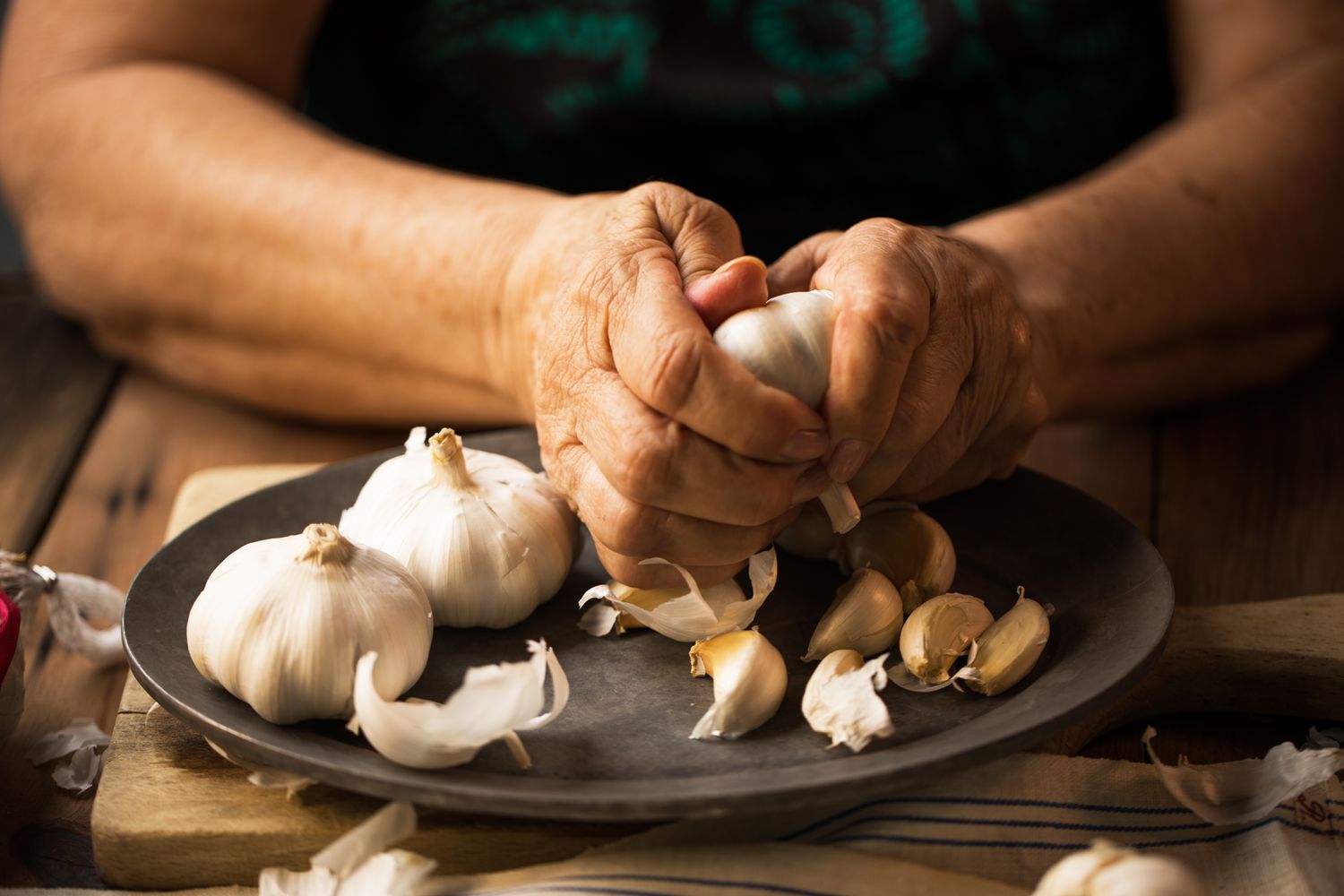Black garlic is celebrated for its sweet, tangy, and deeply savory flavor. But what many people don’t realize is that the journey toward those jammy, dark cloves actually starts long before the aging process. It begins in the fields, where the raw garlic is grown. Below, we explore how the quality of raw garlic—everything from the variety to the farming methods—can make or break a batch of black garlic, and how you can ensure you’re working with the best bulbs for superior results.
Why Raw Garlic Quality Matters
The Foundation of Flavor
The complex layers of sweet, savory, and slightly tangy notes that characterize black garlic are built on the natural compounds present in raw garlic. If the raw bulbs are lacking in flavor or compromised by pests or disease, the final black garlic will also suffer.
Chemical Composition
-
Sulfur Compounds: Raw garlic’s pungency and health benefits come from sulfur compounds like allicin. These compounds transform during the aging process, contributing to black garlic’s signature sweetness and umami.
-
Sugars & Amino Acids: The Maillard reaction that darkens the cloves and develops new flavors relies on the natural sugars and amino acids in fresh garlic. Higher sugar content can lead to a richer caramel-like taste.
Consistency in Aging
Raw garlic with inconsistent moisture levels or varying clove sizes can result in uneven aging—some cloves may turn out perfectly sticky and sweet, while others become dry or overly bitter.
Key Factors in Garlic Quality
1. Variety or Cultivar
Different garlic cultivars (varieties) have distinct attributes:
-
Hardneck vs. Softneck: Hardneck garlic typically produces larger, more flavorful cloves. Softneck garlic often has a milder taste but a longer shelf life. Either can be used for black garlic, but flavor intensities may vary.
-
Specialty Strains: Certain heirloom varieties, like Spanish Roja or Purple Stripe, are known for robust flavor—potentially leading to a more complex black garlic.
2. Growing Conditions
-
Soil Health: Garlic thrives in well-drained, loamy soil rich in organic matter. Nutrient-rich soil can enhance the garlic’s flavor profile.
-
Climate & Region: The terroir (environmental factors like climate and geography) influences garlic’s taste and sulfur content. A cooler climate might yield sharper garlic; warmer regions sometimes produce milder bulbs.
-
Organic vs. Conventional: While not strictly necessary, organically grown garlic may contain fewer chemical residues and can sometimes exhibit more pronounced flavor and aroma.
3. Harvest Timing & Curing
-
Late or Early Harvest: Garlic that’s harvested too early may have underdeveloped flavor or higher moisture content, leading to unpredictable black garlic results. Overly late harvests risk mold or dryness.
-
Proper Curing: After harvesting, garlic is typically cured (dried) to enhance storage life. Correctly cured garlic will have stable moisture levels—crucial for even black garlic aging.
Signs of High-Quality Raw Garlic
-
Firm, Plump Bulbs: Soft or shriveled cloves are a red flag. You want sturdy, well-formed bulbs without signs of bruising.
-
Intact Skin: Papery skins should be tight and unbroken, protecting the cloves from mold and exposure.
-
No Mold or Decay: Check the root and stem ends for any discoloration or growths.
-
A Pleasant, Fresh Aroma: While raw garlic should smell pungent, it shouldn’t have off-odors that suggest spoilage.
Translating Quality into Black Garlic Excellence
Consistent Texture
When you start with uniform cloves—both in size and moisture content—the aging process yields more consistent black garlic. That means each clove in a batch has a similar softness and color.
Balanced Sweet-Savory Flavors
Higher sugar content in certain garlic varieties can amplify black garlic’s sweet undertones. Meanwhile, a robust sulfur profile can boost umami depth. Quality raw bulbs let you harness both.
Better Shelf Life
Inferior garlic might not withstand the 2–6 week aging process without spoiling or drying out. Top-tier bulbs maintain structural integrity, turning sticky-soft rather than rock-hard or mushy.
Tips for Finding the Best Raw Garlic
-
Shop Locally: Farmers’ markets or local produce stands often carry fresh, seasonal garlic with distinct flavor profiles.
-
Ask About Varieties: Don’t be shy—growers usually know which cultivars they have and can advise on flavor intensity.
-
Inspect Closely: Check bulbs for mold, bruises, and dryness. A quick sniff test can also reveal potential issues.
-
Experiment with Different Types: Try both hardneck and softneck garlic to see which yields the black garlic flavor you prefer.
-
Storage: Keep garlic in a cool, dry place with good airflow until you’re ready to begin the black garlic process.
Final Thoughts
The allure of black garlic’s sticky sweetness and intense umami doesn’t appear out of thin air—nor solely from the aging process. It’s deeply connected to the quality of the raw garlic you start with. Think of it like coffee or chocolate: better raw materials lead to a superior final product.
Next time you decide to make (or buy) black garlic, pay attention to the source of those raw bulbs. Opt for the freshest, most flavorful garlic you can find, and you’ll be rewarded with richer color, deeper taste, and more consistent results. Because in the world of black garlic, sourcing truly matters—and your taste buds will thank you!

Comments (0)
No comments yet. Be the first to comment!